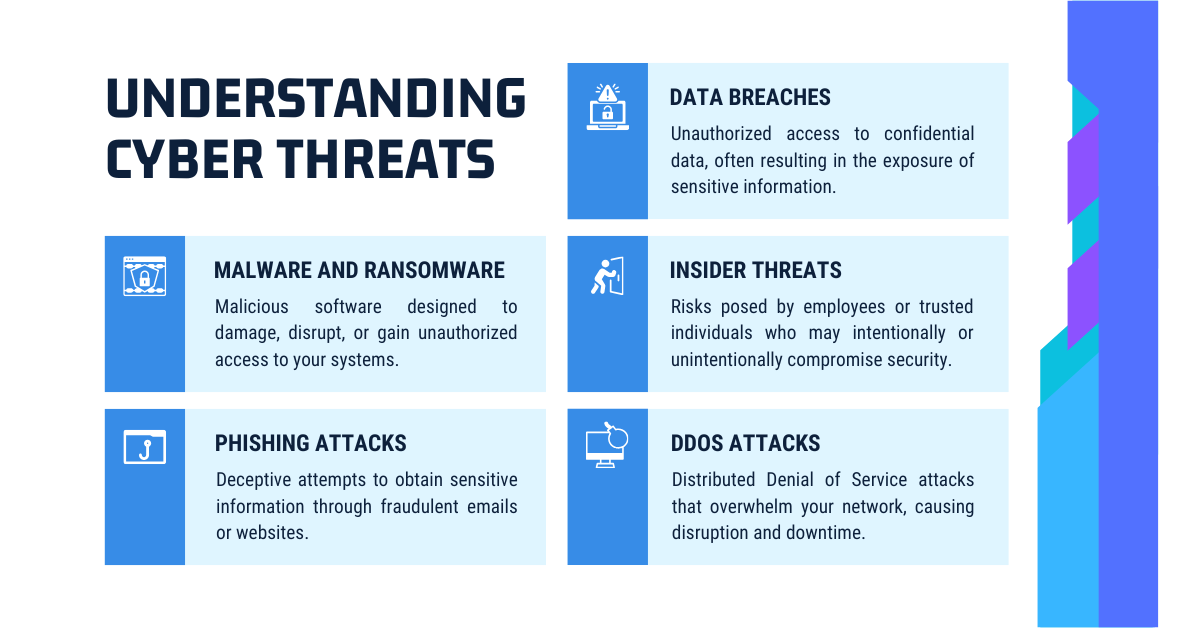Introduction: Cybersecurity is one of the most in-demand career paths of the decade. As digital threats increase, so does the need for skilled professionals to defend systems, networks, and data. The good news? You don’t need a degree or expensive certifications to get started. This comprehensive guide combines everything you need to learn cybersecurity for free in 2025, whether you’re a student, career switcher, or just curious.
We’ll go beyond generic lists and offer a roadmap that includes structured study plans, curated free courses by goal, and career advice to help you move from beginner to job-ready.
Why Cybersecurity? And Can You Learn It for Free?
Cybersecurity professionals earn high salaries, enjoy job security, and often work remotely. But breaking into the field can feel intimidating. Free resources can teach you the foundational skills. You need structure, consistency, and the proper roadmap.
Why it’s worth pursuing:
- High demand: Cybersecurity job postings continue to grow globally, with millions of unfilled roles.
- Remote-friendly: Many cybersecurity roles allow for full or hybrid remote work.
- Diverse specialisations: You can become a penetration tester, SOC analyst, GRC auditor, or threat intelligence analyst.
Yes, you can learn it for free, but…
- You need to be self-disciplined.
- Not all free courses are equal — curation matters.
- Hands-on practice is crucial — theory alone won’t get you hired.
What You Need to Learn as a Beginner
Before jumping into courses, understand the core areas:
Foundational Knowledge Areas:
- Networking Fundamentals: Understand IP addresses, ports, and protocols (TCP/IP, HTTP, DNS).
- Threat Types and Attack Vectors: Learn about malware, phishing, DDoS attacks, and zero-day exploits.
- Encryption and Cryptography: Basics of symmetric/asymmetric encryption, hashing, and certificates.
- Operating Systems and Command Line Tools: Linux, Windows, Bash, PowerShell.
- Incident Response and Security Best Practices: Learn how to identify, respond to, and prevent breaches.
Understanding these areas will help you select appropriate courses and apply your knowledge practically.
A Flexible 6-Week Cybersecurity Learning Plan (With Free Courses)
This plan gives structure while letting you learn at your own pace. You can follow weekly or adjust as needed.
| Week | Topic | Recommended Free Resource |
| 1 | Cybersecurity Basics | Google Cybersecurity Certificate (via Coursera audit) |
| 2 | Networking Fundamentals | Cisco Introduction to Cybersecurity (NetAcad) |
| 3 | Cryptography Basics | OpenLearn: Introduction to Cyber Security |
| 4 | Hands-On Labs | TryHackMe: Introduction Path |
| 5 | Threat Detection | IBM Cybersecurity Analyst (Coursera – free audit) |
| 6 | Review & Practice | OverTheWire, CTF challenges |
Study Tips:
- Pair courses with YouTube walkthroughs to reinforce understanding.
- Use flashcards (like Anki) for key terms and concepts.
- Join study groups for motivation.
Can Free Courses Help You Get a Job?
Short answer: Yes, but with a strategy.
What Employers Look For:
- Technical ability: Especially in networking, Linux, and threat detection.
- Problem-solving mindset: Demonstrated via lab experience and CTFs.
- Communication skills are essential for entry-level roles like security analysts.
How to Bridge the Gap:
- Build a lab: Use VirtualBox and Kali Linux to practice attacks/defence.
- Practice Platforms: Sign up for free tiers at TryHackMe, Hack The Box.
- Certifications:
- Free: Cisco Intro to Cyber, Fortinet NSE 1–3.
- Low-Cost: Google Cybersecurity Certificate (scholarships available).
- Optional: CompTIA Security+ (often recommended for job seekers).
Real Case Study:
John (USA): Transitioned from marketing to cybersecurity by studying Google and IBM’s courses, practising daily on TryHackMe, contributing to GitHub, and blogging about security news. Within 6 months, he landed a role as a junior SOC analyst.
Best Free Courses by Learning Goal
If You’re a Total Beginner:
- Google Cybersecurity Fundamentals (Coursera)
- OpenLearn’s Introduction to Cyber Security (The Open University)
If You Want to Be an Ethical Hacker:
- TryHackMe: Complete Beginner Path (interactive labs)
- OverTheWire: Bandit game (Linux-focused challenges)
If You Want University-Level Courses:
- University of Washington: Intro to Cybersecurity (edX)
- IBM Cybersecurity Analyst Certificate (Coursera audit mode)
If You Want Job-Ready Skills Fast:
- Cybrary: SOC Analyst and Security+ tracks
- Fortinet NSE Training Institute: Free modules with certificates
YouTube Channels to Supplement Learning:
- NetworkChuck: Beginner-friendly, lab-focused content
- HackerSploit: Pen-testing and Red Team tutorials
- John Hammond: CTF and malware analysis walkthroughs
Extra Resources to Boost Your Learning
Communities to Join:
- Reddit: r/cybersecurity, r/netsecstudents
- Discord Servers: TryHackMe, BlueTeamSec
- Twitter or X: Follow professionals in the industry for job tips and resources
Tools to Learn (Free):
- Kali Linux: Offensive tools and scanning
- Wireshark: Network traffic analysis
- Nmap: Port scanning
- Burp Suite Community Edition: Web vulnerability scanning
Free Courses: Join for free
Practice Platforms:
- Hack The Box: Free beginner-friendly labs
- CTFTime: List of ongoing CTF competitions
- CyberDefenders.org: Blue team focused challenges
Portfolio and Resume Tips:
- Document all labs and projects on GitHub
- Start a blog to explain what you’ve learned
- Add relevant keywords to your LinkedIn profile
Final Thoughts: Take the First Step Today
Cybersecurity can feel overwhelming, but you can gain fundamental skills entirely for free with the proper roadmap and consistent effort. Whether you’re looking for a career switch or just curious, this guide gives you every tool to start confidently.
Action Steps:
- Pick a learning path based on your goal (beginner, hacker, job-ready)
- Bookmark this page and commit to a 6-week study schedule
- Join at least one community and practice weekly

No responses yet